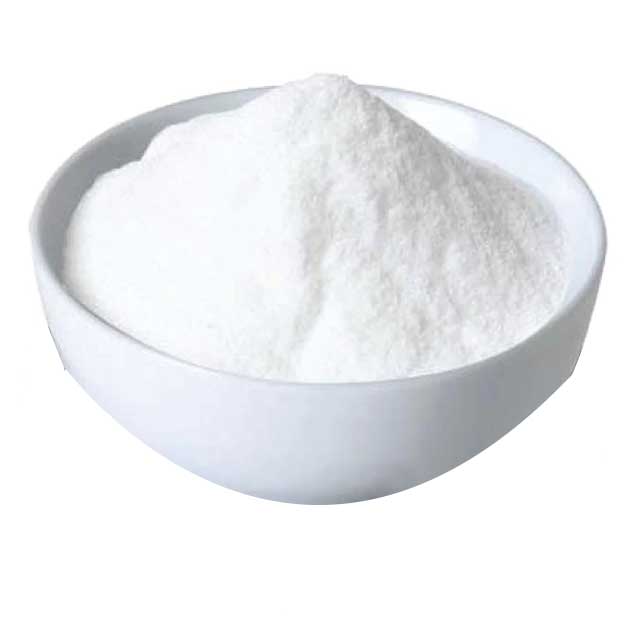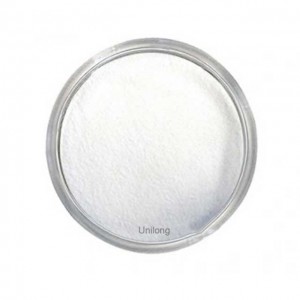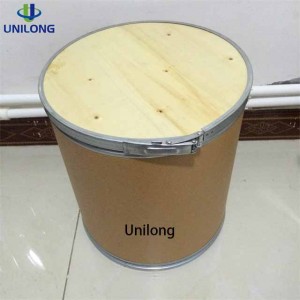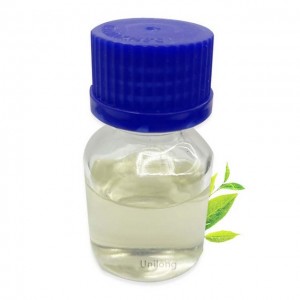1-Hydroxycyclohexylphenylketon CAS 947-19-3 Photoinitiator 184
Photoinitiator 184 ist ein freiradikalischer (I) fester Photoinitiator mit hoher Effizienz und Vergilbungsbeständigkeit. Er bietet die Vorteile einer langen Lagerzeit, einer hohen Initiierungseffizienz und eines breiten UV-Absorptionsbereichs. Er wird hauptsächlich zur UV-Härtung ungesättigter Präpolymere (wie Acrylat) zusammen mit ein- oder multifunktionellen Vinylmonomeren und -oligomeren verwendet, insbesondere für Beschichtungen und Tinten, die einen hohen Vergilbungsgrad erfordern.
| Produktname: | 1-Hydroxycyclohexylphenylketon | Chargennr. | JL20220619 |
| Cas | 947-19-3 | MF-Datum | 19. Juni 2022 |
| Verpackung | 20 kg/Karton | Analysedatum | 19. Juni 2022 |
| Menge | 1 MT | Verfallsdatum | 18. Juni 2023 |
| ARTIKEL | STANDARD | ERGEBNIS | |
| Aussehen | Weißes kristallines Pulver | Konform | |
| Reinheit | ≥99,00 % | 99,90 % | |
| Schmelzpunkt | 46,0-50,0℃ | 47,3-48,3℃ | |
| Trocknungsverlust | ≤0,20 % | 0,11 % | |
| Asche | ≤0,10 % | 0,05 % | |
| Durchlässigkeit | 425 nm ≥ 98,0 % 500 nm ≥ 98,0 % | 99,5 % 99,8 % | |
| Farbe | ≤50 Hazen | 25Hazen | |
1. Photoinitiator 184 ist ein effizienter, nicht vergilbender Radikalbildner vom Typ I, der für die UV-Polymerisation von mono- oder multifunktionalen polymerisierten Acrylatmonomeren und -oligomeren verwendet wird. Er wird häufig in Kopierlacken, Kunststoffbeschichtungen, Holzbeschichtungen, Klebstoffen, Lithografietinten, Siebdruckfarben, Flexodruckfarben und elektronischen Produkten verwendet.
2. UV-Härtung von Acryllackbeschichtungen für Papier-, Holz-, Metall- und Kunststoffoberflächen
3. Als effizienter UV-Härtungsinitiator und nicht vergilbender Photoinitiator
4. UV-härtende Beschichtungen und Tinten
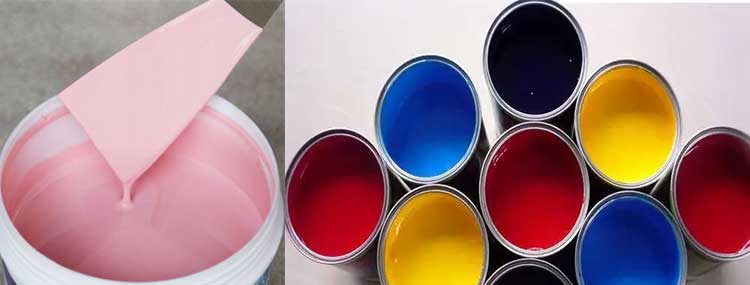
20 kg Karton oder Kundenwunsch. Vor Licht geschützt bei einer Temperatur unter 25 °C aufbewahren.

Fotoinitiator 184 CAS 947-19-3 1
(1-Hydroxycyclohexyl)phenyl-Methanon; IHT-PI 184; 1-(1-Hydroxy)cyclohexyl-1-phenylketon; Phenyl-1-hydroxycyclohexylketon; Phenyl(1-hydroxycyclohexyl)methanon; 1-Hydroxycyclohexyphenylketon; 1-Hydroxycyclohexyl; OMNIRAD 481; 1-(2-{[2-(1-Hydroxycyclohexyl)phenyl]carbonyl}phenyl)cyclohexan-1-ol; Ciba IRGACURE 184 1-Hydroxy-cyclohexyl-phenyl-keton; Irgacure 184; Bis[2-(1-hydroxycyclohexyl)phenyl]Methanon; OMNIRAD 184 (ehemals IRGACURE 184); HRcure-184; Alpha-Hydroxycyclohexylphenylketon; A-HYDROXYCYCLOHEXYLPHENYLKETON; 1-HYDROXYCYCLOHEXYL PHENYL KETON; 1-HYDROXY-1-CYCLOHEXYL PHENYL KETON; 1-HydroxycyclohexylketonUV-184 (1-Hydroxycyclohexylphenylketon); 1-Hydroxycyclohexylphenylketon>; 1-Hydroxycyclohexyl-Phenylphosphinoxid; 1-Hydroxycyclohexylphenylmethylketon; FOTOINITATOR 184 (UV184); UV-Absorber 184; a-Hydroxycyclohexylphenylketon CAS 947-19-3; Fotoinitiator Sunitor 184; UV-Fotoinitiator 184; 1-Hydroxycyclohexylphenylketon; 1-Hydroxycyclohexylphenylketon D5; 1-Hydroxycyclohexylphenylketon (184); Fotosensibilisator 184; Hydroxycyclohexylphenylketon; Methanon, (1-Hydroxycyclohexyl)phenyl-; (1-Hydroxycyclohexyl)phenyl-methanon; Irgacure 184; HCPK; Photoinitiator 184; PHOTOCURE 184; Photoinitiator 184; Omnirad 184


